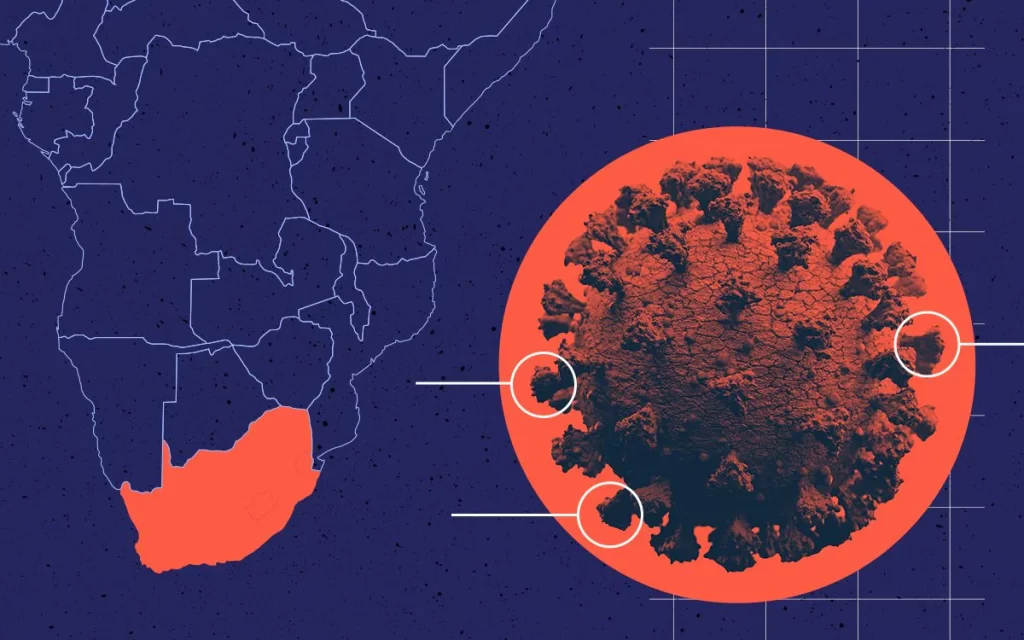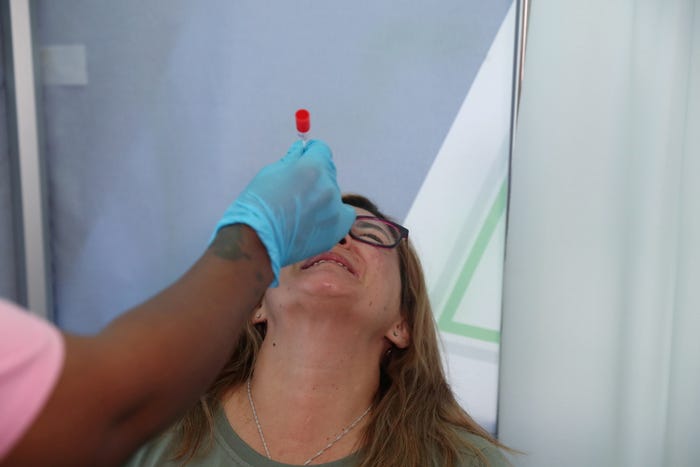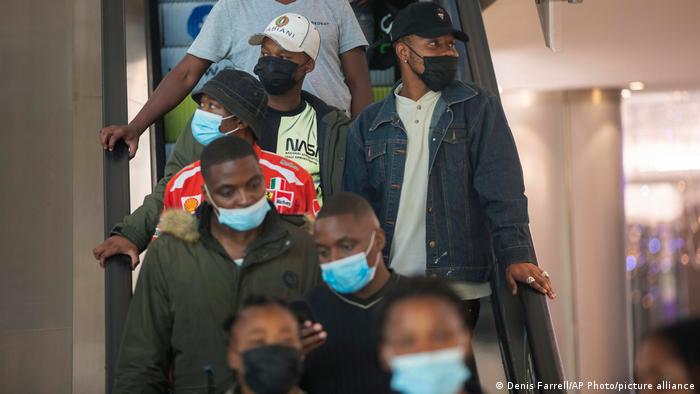The World Health Organization (WHO) has deemed Omicron, a recently discovered variant of the coronavirus initially detected in southern Africa, to be a variant of concern (VOC).
On Friday, the WHO announced that Omicron, named after a letter in the Greek alphabet, was first reported to them from South Africa on November 24, and the first known confirmed infection was from a specimen collected on November 9.
“Based on the evidence presented indicative of a detrimental change in COVID-19 epidemiology, the TAG-VE has advised WHO that this variant should be designated as a VOC and the WHO has designated B.1.1.529 as a VOC, named Omicron,” WHO said.

Several governments are rushing to prevent the spread of Omicron and have prohibited flights from South African countries, even as stock markets and oil prices have plummeted due to concerns about the variation, potentially wreaking havoc on the rebound.
According to the UN health organization, it could take a few weeks to complete omicron research to discover whether there are any changes in disease transmission, intensity, or implications for Covid vaccinations, tests, and treatment.
According to scientists, the omicron version appears to have many mutations — approximately 30 in the coronavirus’ spike protein, which may alter how easy it spreads.

The WHO, on Friday, stated that “preliminary evidence implies an increased risk of reinfection with this variant” when compared to other forms. Furthermore, the number of instances of this variety looks to be increasing in practically all provinces in South Africa.
According to South Africa’s National Institute for Communicable Diseases (NICD), “no unusual symptoms have been reported following infection with the B.1.1.529 variant.” The NICD further stated that, as with other infectious variants such as Delta, some people afflicted with the coronavirus’s omicron form are asymptomatic.
Current SARS-CoV-2 PCR diagnostics, according to the WHO, continue to detect this variant. “Several labs have suggested that for one widely used PCR test, one of the three target genes is not detected (referred to as S gene dropout or S gene target failure), and this test can thus be used as a marker for this variant, pending sequencing confirmation,” the statement added.

“Using this approach, this variant has been detected at faster rates than previous surges in infection, suggesting that this variant may have a growth advantage.”
Countries can improve tracking and testing efforts, according to the WHO, to better detect circulating SARS-CoV-2 variants. For example, they can add complete genome sequences and accompanying metadata to public databases like GISAID. They can also use the IHR system to alert the WHO about early cases or clusters of infection associated with the Variant of Concern (VOC).

Countries can also initiate field investigations and laboratory assessments to learn more about VOCs’ effects on Covid-19’s “epidemiology, severity, the effectiveness of public health and social measures, diagnostic methods, immune responses, antibody neutralization, or other relevant characteristics.”
To reduce the dangers, people should continue to take precautions such as wearing well-fitted masks, practicing appropriate hand hygiene and physical distance, keeping indoor ventilation, avoiding crowded locations, and being vaccinated.


